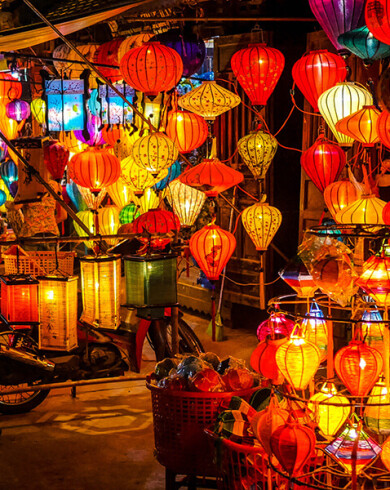TABLE OF CONTENT
Vietnam is a treasure of Southeast Asia with vibrant cities mixed with ancient beauty and rich cultural heritage. Traveling through Vietnam cannot help but mention the beauty of a variety of nature, where each region shows a different beauty. To make the most of your trip, it’s essential to understand how to get around Vietnam efficiently. With options ranging from modern transportation to traditional modes, you can tailor your journey to suit your preferences and budget.

How to get around Vietnam?
There are many options to navigate the diverse terrain of Vietnam when traveling there. Here is a detailed view of how to get around Vietnam methods in Vietnam, from long-distance flights to legendary motorcycles for a real experience.
By plane
In Vietnam, domestic aircraft are the most effective means to cover the great gap, especially among big cities. Regular flights between main locations such as Hanoi, Da Nang, and Ho Chi Minh City are operated by Vietnam Airlines, Vietjet Air, and Bamboo Airways. These airlines have an updated fleet and provide affordable fares, especially for reservations first.
Many smaller airports serve famous tourist destinations and aviation networks including the whole country. For example, it only takes an hour to go from Ho Chi Minh City to Phu Quoc Island, in contrast to a trip on the mainland and the sea. Depending on the route and season, flight costs usually range from $ 30 to $ 150, making it an effective choice for costs for timetable visitors.
Flying is ideal for those with tight schedules or travelers wanting to avoid long journeys by road or rail. If purchased in advance, tickets have a reasonable price, especially because cheap airlines often run transactions. However, in the busiest tourist seasons, pay attention to the luggage surcharges and the possible delays.
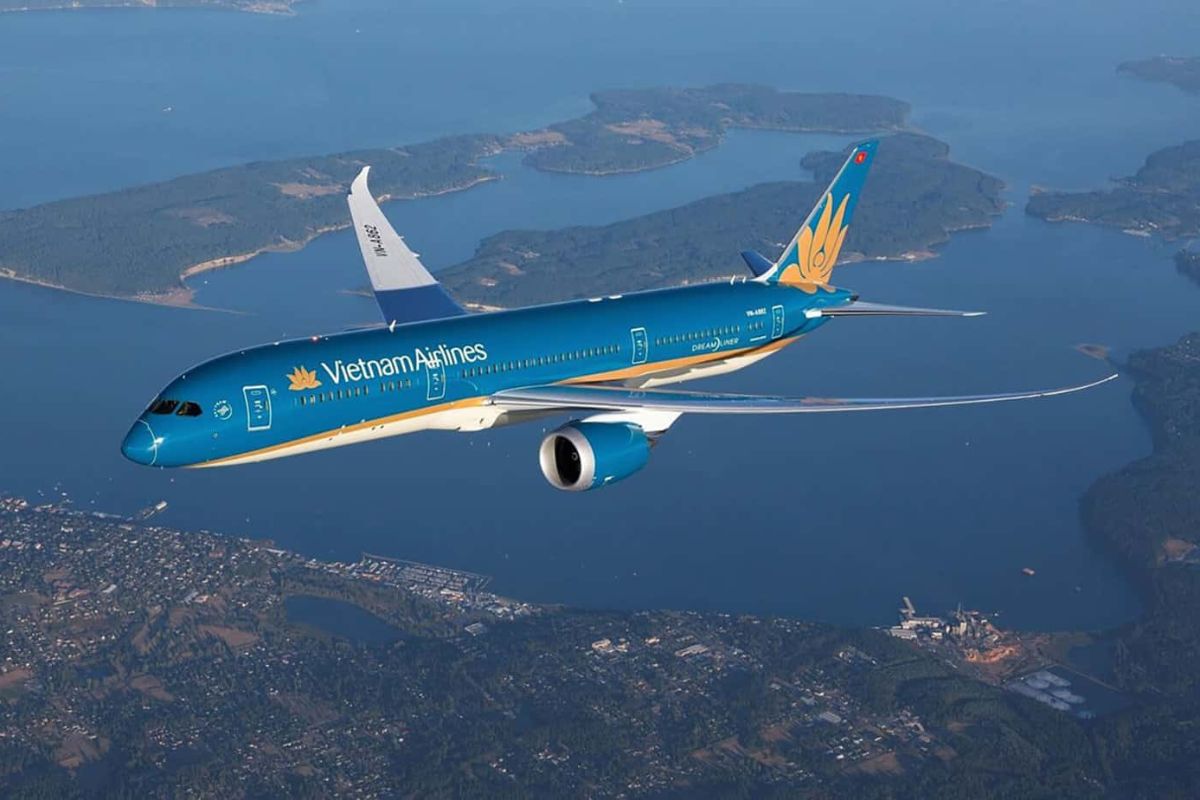
By car
Hiring a car with a driver is a comfortable and flexible way when traveling through Vietnam. When traveling to areas with little access to public transport, such as the Mekong Delta, the Northern region, this choice is especially popular. You can go with your own speed in a private car, stop at local restaurants or beautiful scenery.
This replacement is especially useful when traveling through Vietnam to areas where public transit may be scarce, such as the northern mountainous provinces or the central plateau. Depending on the route and vehicle type, a car rental all day with drivers usually costs from $ 50 to 100. Businesses provide multi-packs including proposed routes and accommodation.
Applications for rides, such as Grab and Gojek, provide an effective replacement of costs for short trips in cities or between adjacent towns. Car rental is available for self-driving people, but be ready for the sometimes clogged roads of Vietnam and strange driving rules.
By Train
How to get around Vietnam? One of the most beautiful ways to see Vietnam is by rail. With stops at important places such as Hue and Da Nang, the unity of Express links Hanoi and Ho Chi Minh. The 1,600 km long trip among tourists are looking for a slower speed because it provides a spectacular view of the rice terrace, coastal cliffs and green forests.
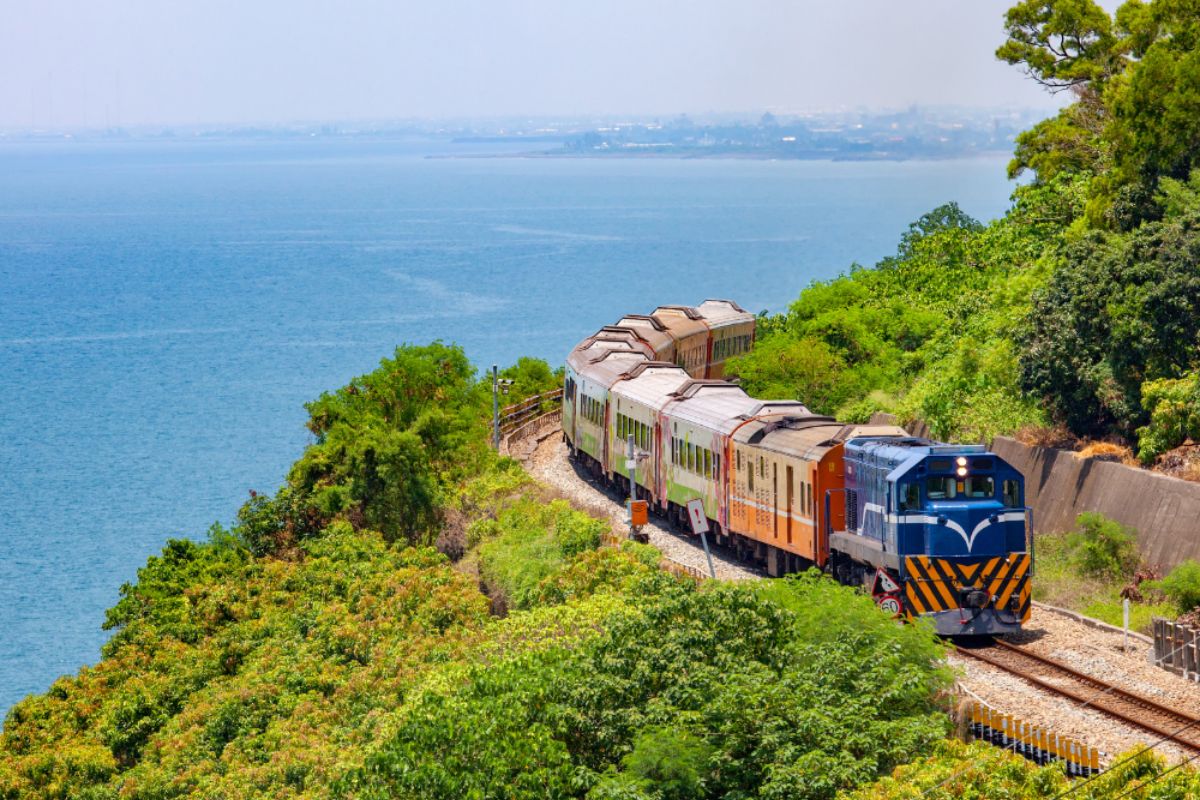
Trains in Vietnam are comfortable, with options ranging from basic seats to private sleeper cabins. While slower than flying, train travel provides a unique opportunity to interact with locals and experience Vietnam’s landscapes. Tickets can be booked online or at stations, but early reservations are recommended for sleeper cabins.
By bus
The most budget-friendly way traveling through Vietnam is via bus. The cities, towns and even isolated villages are connected by the nation’s large bus network. The seats on the long-distance sleeping bus make the actual and more affordable overnight.
Travel buses and Futa are two respectable businesses that run these services. Although they may be as uncomfortable as their long-distance partners, local buses are still an alternative to short trips. Despite its affordable and widely accessible, buses can sometimes take more time than expected trips due to poor traffic and road conditions.
By motorbike
A popular method of transportation in Vietnam is motorbike, exuding freedom and adventure. With a motorbike for rent, you can go at your own speed on the streets of Hanoi, Ho Chi Minh or beautiful coastal roads in the Central.
For long-distance tourism, motorbikes can be transported by train or bus, combining many transportation modes. Especially people use it carefully when riding horses, especially in congested areas such as Hanoi and Ho Chi Minh City. Always use helmets and get used to local traffic regulations.
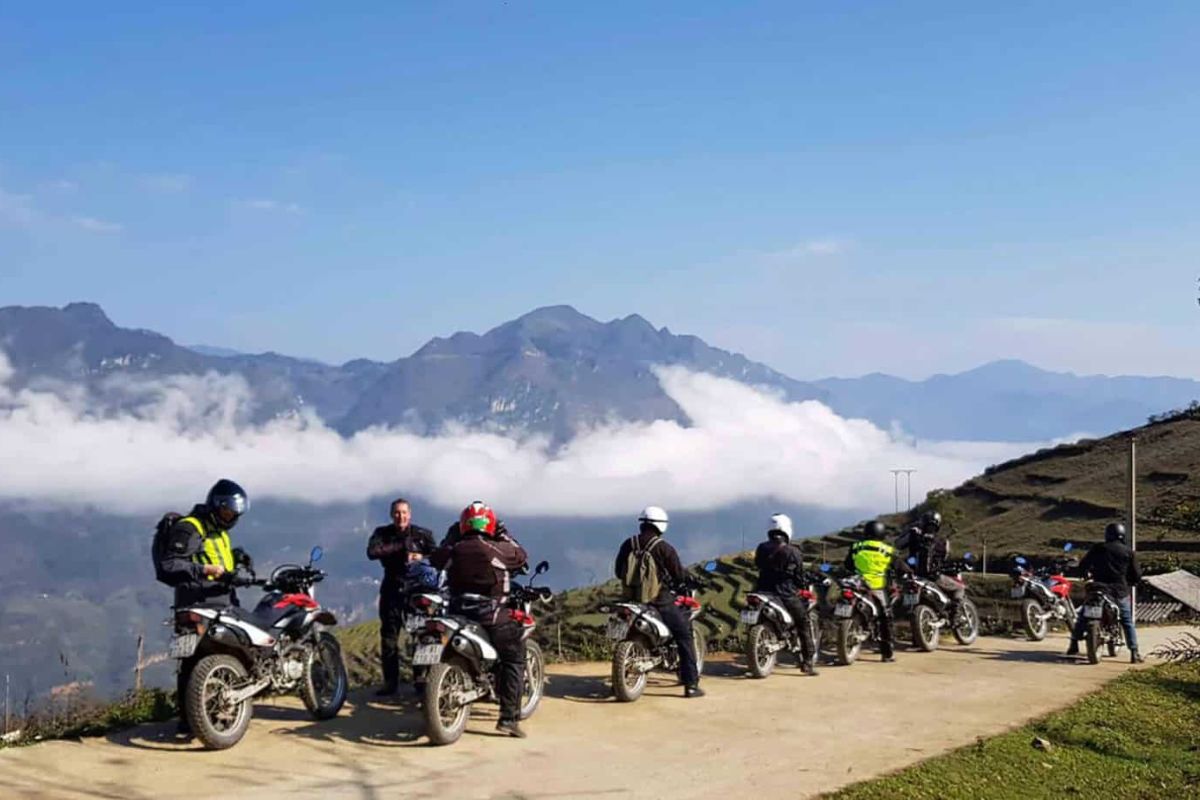
Big city rental businesses offer a variety of alternative options, from classic motorbikes to motorscooters. The popular motorcycle routes include the northern loop through Ha Giang province and the famous Ho Chi Minh trail. But this choice requires careful weather, licensing and safety requirements. Long-term rental offers better prices, with daily rental costs usually cost from $ 5 to 15.
By cyclo
Traditional cyclos, though less common now, still operate in historic districts and tourist areas of major cities. These three-wheeled bicycle taxis offer a nostalgic way to explore urban centers at a leisurely pace. The cyclo provides special views on city life and architecture, but they are not suitable for long -distance tourism.
Usually lasts 30 to 60 minutes, cyclo rides cost from 5 to 10 dollars per hour. In the old quarter of Hanoi and Hue’s royal city, where winding alleys and old buildings create an ideal discovery, they are especially popular. Cyclos are best suited for short distances, such as touring the Old Quarter in Hanoi or the historical streets of Hue. The slower pace allows you to soak in the atmosphere and take photos.
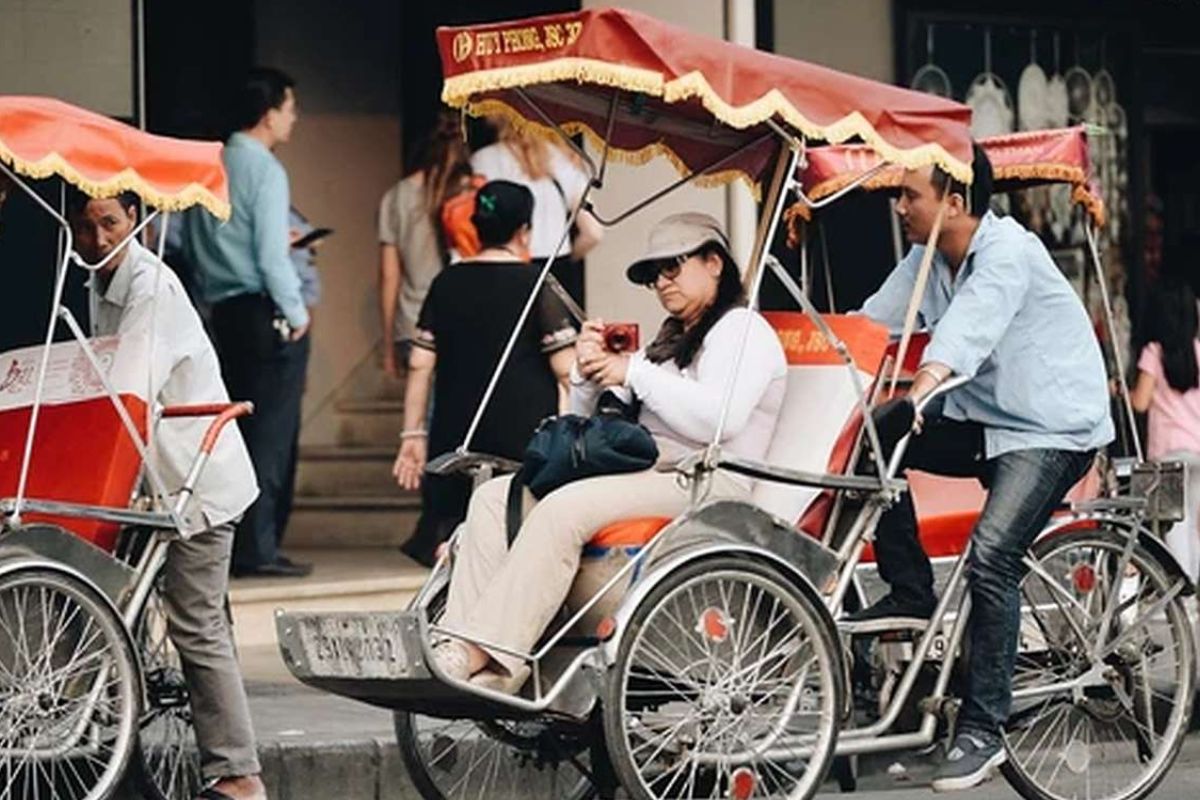
While cyclos are no longer a primary mode of transport, they remain a charming way to discover Vietnam’s cultural heart. Prices should be negotiated in advance to avoid misunderstandings.
Top tips for traveling through Vietnam
Traveling through Vietnam requires more than just knowing transportation options. Here are essential tips to enhance your journey
- Plan Your Routes: Research your destinations and choose the best transportation modes for each leg of your journey.
- Book Early: Reserve tickets for flights, trains, and buses in advance, especially during peak seasons.
- Travel Light: Pack essentials to make moving between different modes of transport easier.
- Stay Safe: Be cautious when riding motorbikes or bicycles, especially in unfamiliar areas.
- Budget Wisely: Allocate funds for transportation, and consider combining budget options with occasional splurges for convenience.
FAQs about traveling through Vietnam
1. What is the best way to traveling through Vietnam for long distances?
Domestic flights are the fastest and most convenient for long distances, while trains offer a scenic alternative for those with more time.
2. Is it safe to ride motorbikes in Vietnam?
Yes, but it requires caution. Wear helmets, follow traffic rules, and avoid riding at night in unfamiliar areas.
3. Can I book transportation tickets online?
Yes, tickets for flights, trains, and buses can be booked online through official websites or travel agencies
4. Are buses reliable for traveling through Vietnam?
Buses are affordable and reliable but may take longer due to road conditions. Long-distance sleeper buses are a popular choice for overnight travel.
5. Do I need an international driver’s license to rent a car or motorbike in Vietnam?
Yes, an international driver’s license is required for renting and driving in Vietnam.
6. Is Vietnam safe for solo travelers?
Vietnam ranks among Southeast Asia’s safer destinations for solo travelers. Common-sense precautions like watching your belongings and being aware of your surroundings typically suffice for a safe journey.
Exploring Vietnam offers endless opportunities for adventure and cultural discovery, with transportation options catering to every type of traveler. Whether you prefer the speed of domestic flights, the scenic charm of train journeys, or the thrill of motorbike rides, traveling through Vietnam is as diverse as the country itself.
—
For an unforgettable journey, let Asia Encounter guide your travels. With expertly curated tours and personalized itineraries, you’ll experience Vietnam’s highlights with ease and comfort. Book your trip with Asia Encounter today and embark on a seamless adventure through this captivating country!

